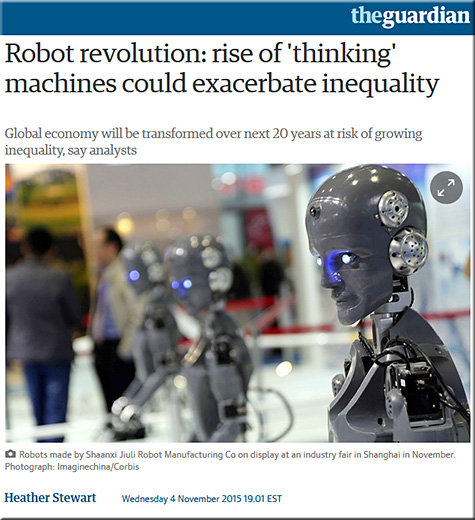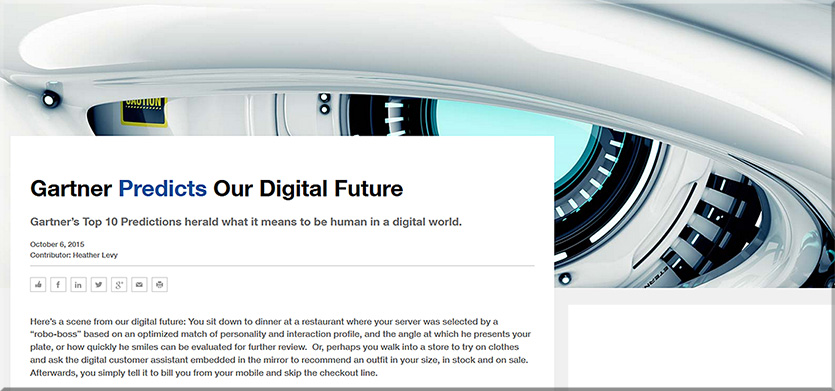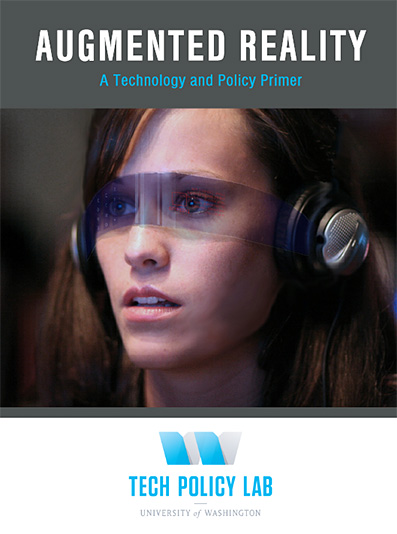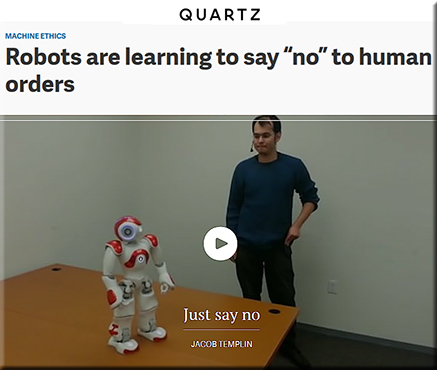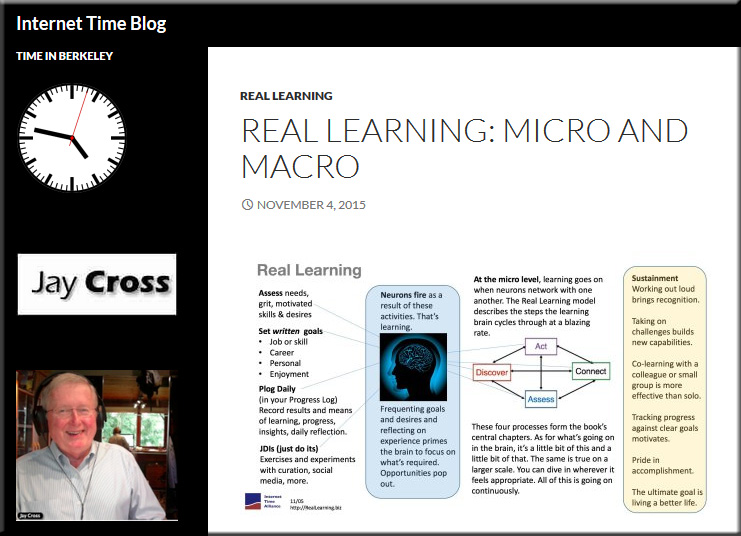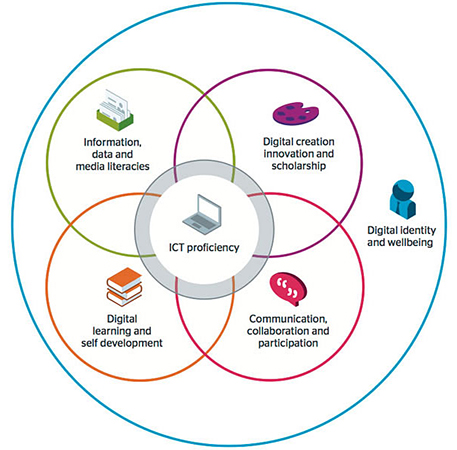It’s so important the reason we teach! It’s not just about filling their heads for the test! pic.twitter.com/kaPhWwjHET
— carl jarvis (@carljarvis_eos) November 22, 2015
From DSC:
The world of learning lost a great contributor last Friday when Jay Cross passed away.
To me, Jay modeled lifelong learning — not only helping others to learn and to grow, but also seeking to do those very things himself. For example, he was constantly trying out new tools, experimenting with them, learning about them, and then taking what works and discarding the rest. He’d pick up a new web-based collaboration tool, make a recording, and then move onto something else.
He was a founding member of a great, collaborative team in the Internet Time Alliance, where members included Jay, Jane Hart, Harold Jarche, Charles Jennings, Clark Quinn, and Paul Simbeck-Hampson.
One area of all of our learning ecosystems involves informal learning, something that Jay stressed and had a tremendous influence on. More recently, he tackled the The Real Learning Project which “aims to help millions of people learn to learn, increase their intelligence, and realize their life goals.”
There are many postings out there re: Jay, so I’ll point to Jane Hart’s compilation/tributes to Jay to steer you towards some of them.
Two days before passing, Jay posted an item entitled Real Learning: Micro and Macro on his Internet Time Blog:
Quoting from that posting, Jay says:
Setting goals, reflecting daily, taking risks, and doing experiments
prime the brain for spotting opportunities and working smarter.
So you can see that up to his dying day, Jay was about helping people learn and grow.
Thanks Jay for your work and your very important contributions.
RIP Jay.
Daniel
Don’t get Ubered: Be an instigator of digital disruption — from by Minda Zetlin
Excerpts (emphasis DSC):
It’s a common complaint from business leaders: IT takes too long to give us what we need. Not only is creating impatience in business leaders bad for a CIO’s reputation, it also leads to growth in “shadow” or “rogue” IT, as frustrated business leaders seek a more immediate solution. The answer is for IT to speed up its work, but that’s a tall order for many, who already feel they’re moving as fast as they can and then some.
In an interview with The Enterprisers Project, Emmet B. Keeffe, CEO of the software visualization company iRise, explains how technology leaders can and must speed up their projects.
…
Keeffe: Don’t settle for a seat at the table. Every CIO faces his or her own challenges, but one thing we’ve been hearing for something like a decade is business and IT alignment and getting a seat at the table. But at this stage of the game, when software and the Internet define most businesses to their users, being at the table isn’t enough. CIOs need to be calling the business to the table, and presenting innovative ways to thrive.
Rise recently held a CIO event in New York, and though it wasn’t explicitly on the agenda, the one thing every participant talked about was disruption and the potential for startups to Uber them with a new digital business model, or for established competitors to beat them to a new digitally driven punch. They were focused on what was going on in the competitive landscape, figuring out how to act immediately on opportunity, and how to make sure their business leaders were listening.
So if there are any CIOs left out there still calling alignment a job well-done, my advice would be to keep pushing to a higher level, instigating strategic change rather than only falling in line with it.
Technology and The Evolution of Storytelling — from medium.com by John Lasseter; with a shout out to The Digital Rocking Chair for the Scoop on this
Excerpts:
“People aren’t going to sit still for a feature-length cartoon. Are you nuts?”
But Walt was a visionary.
Walt saw beyond what people were used to. They were used to the short cartoon.
There’s a famous statement by Henry Ford that before the Model T if you asked people what they wanted, they would say, “A faster horse.”
My own partner at Pixar for 25 years, Steve Jobs, never liked market research. Never did market research for anything.
“It’s not the audience’s job to tell us what they want in the future, it’s for us to tell them what they want in the future.” — Steve Jobs
It was because people didn’t understand what the technology ***could*** do. — John Lasseter
I wanted to learn as much as I could.
The more you dig into the technology and the more you learn it, you are going to get ideas you would never have thought of without knowing your technology.
The goal was to make the technology invisible.
From DSC:
The article below relates well to this graphic from sparks & honey.
NOTE:
Higher education is included in this discussion. If we think that we’re not included — and the other forces continue that are putting the heat in higher ed’s kitchen — it’s highly likely that other forms and channels of learning will fill the voids and gaps in what people are looking for and are willing to pay for.

How the new economy is changing the workplace, part II — from workdesign.com by Bob Fox; also see part I and part III
Excerpts:
Change is a constant, but when the speed of change increases it becomes a much different animal. Incremental business improvements are much easier to manage, and are a necessary part of all businesses. We tend to think linearly, so disruptive change is the real risk. The challenge with disruptive change is that it is often unpredictable and it generally conflicts with the core competency of a business. What’s more, it can come from other industries.
…
While disruptive change and innovation are likely the cause, it’s the inability of most businesses to deal with or react to those challenges over time that’s the death knell. We think tomorrow will be just like today, and we don’t have the workspaces to effectively share, question, and iterate ideas and leverage innovation to sustain our organizations through tough challenges.
There is a widespread human tendency, with which we are all of us familiar, that can be simply expressed as the “kink” in the curve where the past meets the future. The exponential line of human technological progress, long driven by information and for the past generation by the power of the chip, is kinked. It is kinked, inevitably, at the present. — Nigel Cameron
If I had told you 15 years ago that in the future you would have a device that you could carry in your pocket where you can get your mail, make a video call, carry thousands of your favorite songs, take pictures and videos and share them, check the stock market in real time, get the latest headlines immediately, get directions instantly to wherever you wanted to go, make a dinner or hotel reservation, invite your friends and that all of it would be essentially free, you would have thought I was some kind of nut. But look at us now.
From DSC:
For institutions of higher education, we need to be able to experiment…to fail…to succeed….to iterate until we find out what’s working and what’s not working. We need more innovative cultures. We need more Trimtab Groups.
For K-12 and higher education, we need to teach our kids how to run their own businesses…as it’s highly likely they will be a part of the contingent workforce at some point(s) in their lifetimes.

Also related/see:
- The Digital Vortex, where disruption is constant and innovation rules — from blogs.cisco.com by Joseph Bradley
Excerpt (emphasis DSC):
Given the breakneck pace of technology change, business leaders can be forgiven for feeling as if they are living in a vortex. That’s because, in many ways, they are.In a real vortex, rotational forces draw everything to the center, where objects collide and combine in unpredictable ways. To me, that sounds like business as usual in the Internet of Everything (IoE) era.The Digital Vortex is the inevitable movement of industries toward a “digital center” in which business models, offerings, and value chains are digitized to the maximum extent possible. The result is “components” that can be readily combined to create new disruptions that blur the lines between industries.
The results help to clarify digital disruption and how business leaders view it. Here are some key findings:
- Disruption Looms… Four of today’s top 10 incumbents (in terms of market share) in each industry will be displaced by digital disruption in the next five years. The threat extends not only to displacement of big companies, but also to the very existence of entire industries.
- …As Executives “Wait and See.” Digital disruption has not received board-level attention in about 45 percent of companies (on average across industries). Moreover, 43 percent of companies either do not acknowledge the risk of digital disruption, or have not addressed it sufficiently. Nearly a third are taking a “wait and see” approach. Only 25 percent describe their response to digital disruption as proactive.
- In the Digital Vortex, No Safe Haven. The industry that will experience the most digital disruption between now and 2020 is technology products and services. Pharmaceuticals, meanwhile, is likely to experience the least amount of digital disruption. However, all industries will see competitive upheavals as innovations become increasingly exponential.
- Disrupt, or Be Disrupted. Based on their ranking and placement within the Digital Vortex, firms can evaluate the speed at which their industry will experience disruption. They then can choose to “disrupt themselves” or potentially be displaced by a new business model.










